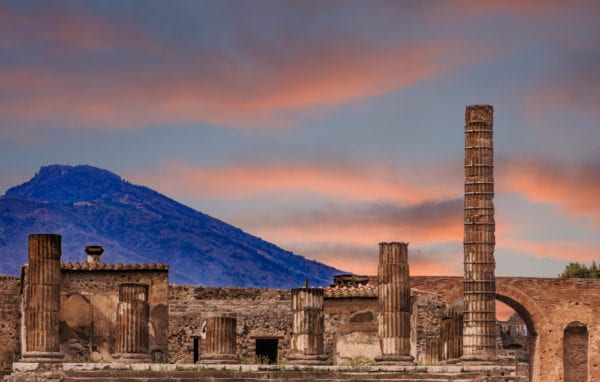The Grand Tour of Europe: an influential tradition
The Grand Tour of Europe: an influential tradition
The Grand Tour of Europe: an influential tradition
-
Hannah
-
Hannah


Lake Como in Lombardy, Italy – the setting for my new novel, Concerto – draws visitors from far and wide for its stunning vistas: the lake, the mountains, the beautiful old villas. But this is not a newly discovered beauty spot; in fact, it was an educational rite of passage of the 17th to 19th centuries that put Lake Como on the map.
The Grand Tour was a custom that developed in the late 17th century whereby a young person who had come of age (usually 21) would travel across Europe. Initially, it was British men who made the journey, but by the 19th century some women were taking the tour (accompanied by a chaperone; think EM Forster’s A Room with a View) and the custom had spread to other European countries and to America. Of course, given the cost involved, the Grand Tour was exclusively for the rich – often the nobility and the gentry – unless one was fortunate enough to have a wealthy sponsor.
A Grand Tour could last a few months, or a few years. The idea was that the new adult would:
* learn about art – music, paintings and architecture especially
* widen their horizons through experiencing other cultures and seeing other landscapes
* practise their language skills and learn new skills, such as dancing, fencing and riding (sometimes university study was undertaken too)
* network with the artistic masters and the nobility of Europe
* understand the roots of Western civilization through studying the Ancient Greeks and Romans and the Renaissance
Quite the education! Indeed, many men on the Grand Tour were accompanied by a tutor. But the tour was about more than being taught. It was about experiencing, seeing with one’s own eyes. In 1690, the English philosopher John Locke had published the hugely influential Essay Concerning Human Understanding in which he argued that we are born with the mind a tabula rasa (blank slate), with no innate knowledge, and acquire knowledge through our experiences. Thus, it logically followed that the more one experienced, through travelling, the more knowledgeable one would become.
The Grand Tour made a naive, wide-eyed boy into a worldly and sophisticated man. And what a collection of souvenirs that well-travelled man would amass. It was customary to return home with everything from books and paintings to scientific instruments and coins, all to be displayed in one’s home to impress visitors. A gallery of Grand Tour souvenirs in the home was a statement of wealth, privilege and importance.
Itineraries varied, but several stops on the tour were commonplace:
* France: Paris
* Switzerland: Geneva
* Italy: Turin, Florence, Venice, Rome, Naples
* Germany: Vienna, Berlin, Potsdam
Holland and Flanders were also popular, and the more intrepid travellers made the trip to see Greek ruins. Of all the destinations, Venice and Rome were the most iconic for the tour. The ruins at Pompeii (pictured) were also an important, and poignant, place to visit – and Lake Como drew plenty of travellers too.
By the turn of the 20th century, the Grand Tour custom had quietly receded. For now it was not only the rich who could travel in Europe – a ticket for a train or steamboat was within the reach of many.
Still, even today we hold with the idea of travelling as a rite of passage upon coming of age. I myself travelled through Europe after university, and it was absolutely the making of me – and, of course, my own ‘Grand Tour’ provided rich inspiration for my writing.
Those who don’t travel are easily misled by others who have traveled.